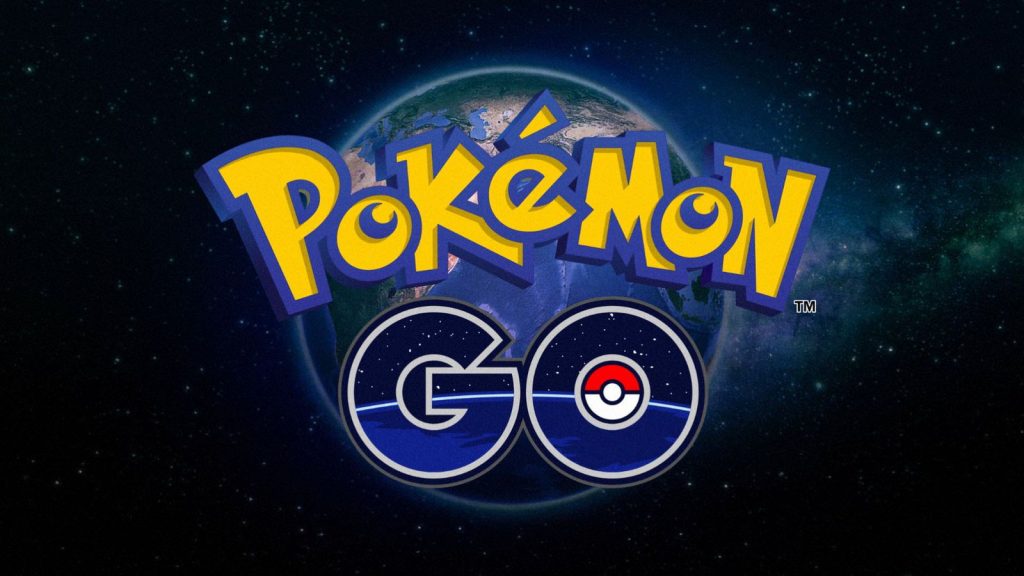Niantic Has Randomised Spawn Nests in Pokemon Go Worldwide

Fans were confused when the latest expected spawn nest migration failed to arrive from Niantic. It quickly became clear that they had something else in store.
Spawn nest migration might sound technical, but it simply means that the types of Pokemon spawning in a given area has changed. Prior to the current migration, these changes were fairly uniform, with a set list of new Pokemon. After a migration a nest that once produced Machops might now produce Zubats. Another migration, and those Zubats would be replaced by Cubones, and so on.
This time however Niantic has totally randomised the spawn system. Previously you could just go online after a migration and check what spawns had changed. Now the only way to find out is to physically go outside and see for yourself. Rarity remains the same however, so don’t expect to be catching a Vaporeon anytime soon.
A primary source of these reports is the Pokemon Go subreddit Silph Road, where one megathread is currently calling on subscribers to go out and confirm migrated nests for the Global Nest Atlas. So far thousands of migrated nests have been confirmed, as well as some new nests. Many users have speculated that this is to expand coverage to rural users with limited access to map features. The staple Pokemon have seemingly remained the same, but rare Pokemon above the base tier have now been completely randomised with these new spawns. Given that the community is relying on individual reports to document these changes and the massive scale of the update, it may be some time before there is a comprehensive catalogue of what Pokemon are spawning where.
Some players have been left feeling disappointed at the loss of their favourite hunting ground, but for the most part users have reacted positively to the change. Being able to check what Pokemon spawn near you online is a useful resource, but one that partially undermines how the game should be played. This update has prompted many users to go out and explore the world in a way they haven’t done since launch.
Pokemon Go took a hit in August when analytics firm Apptopia revealed that 15 million players quickly abandoned the game. Millions of players remain, and Niantic might have changed the system to re-engage this player base once more. Not only has it worked, but it seems to have improved the game as a whole. Hopefully this will be how migration works from now on.




